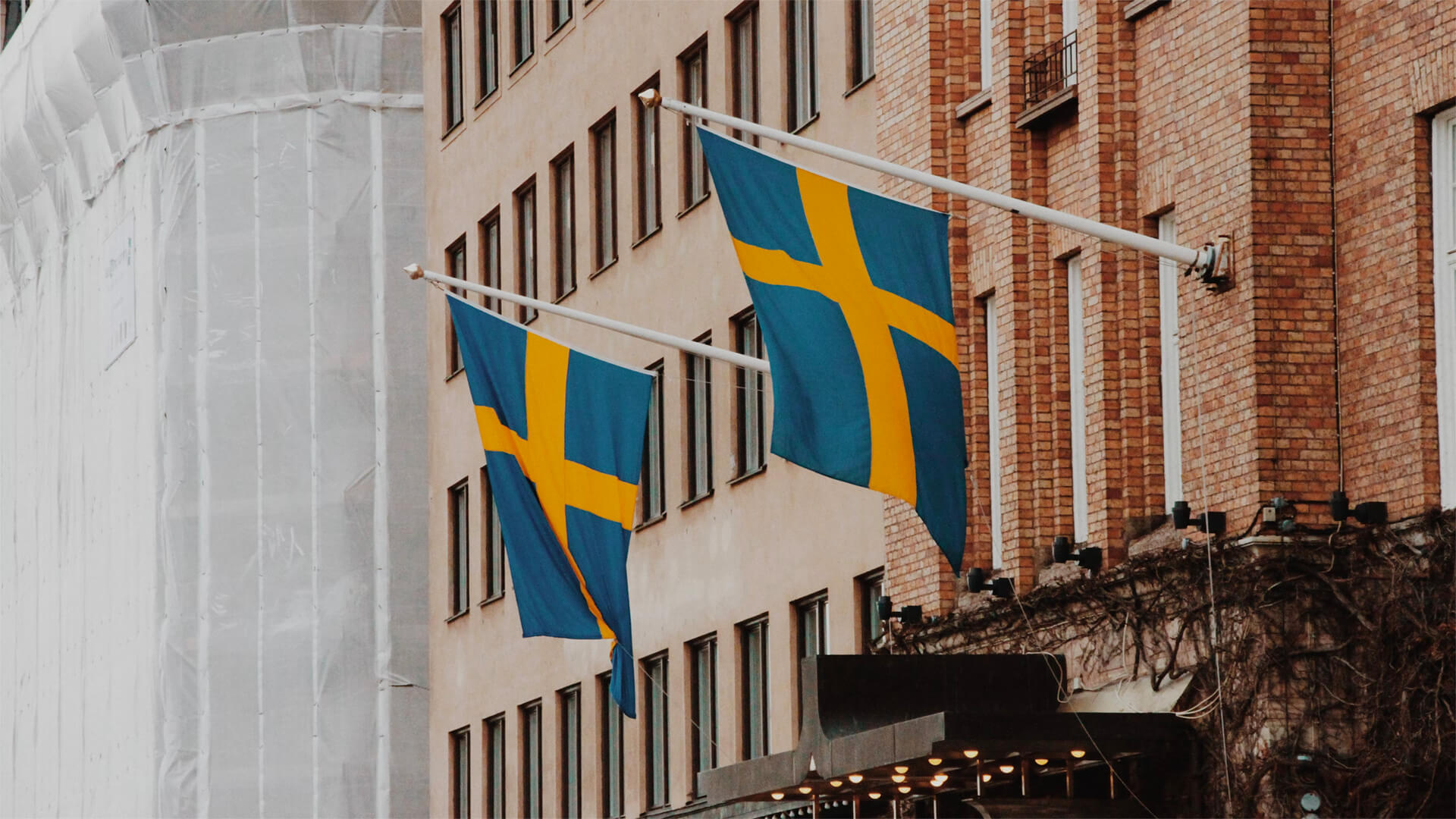A state-owned mining company in Sweden has just stumbled upon a million metric tons of rare earth metals…but what does that mean? Any addition to the rare-earths supply is great, but I don’t see this moving the needle much.
These metals aren’t all that rare, they’re not difficult to process and they’re not all that expensive…plus we won’t be seeing any of these metals hit the markets for at least 10 years.
While this is a nice discovery for the Swedes, plenty of countries have excess processing capacity should a need arise.
Prefer to read the transcript of the video? Click here
Here at Zeihan On Geopolitics we select a single charity to sponsor. We have two criteria:
First, we look across the world and use our skill sets to identify where the needs are most acute. Second, we look for an institution with preexisting networks for both materials gathering and aid distribution. That way we know every cent of our donation is not simply going directly to where help is needed most, but our donations serve as a force multiplier for a system already in existence. Then we give what we can.
Today, our chosen charity is a group called Medshare, which provides emergency medical services to communities in need, with a very heavy emphasis on locations facing acute crises. Medshare operates right in the thick of it. Until future notice, every cent we earn from every book we sell in every format through every retailer is going to Medshare’s Ukraine fund.
And then there’s you.
Our newsletters and videologues are not only free, they will always be free. We also will never share your contact information with anyone. All we ask is that if you find one of our releases in any way useful, that you make a donation to Medshare. Over one third of Ukraine’s pre-war population has either been forced from their homes, kidnapped and shipped to Russia, or is trying to survive in occupied lands. This is our way to help who we can. Please, join us.
CLICK HERE TO SUPPORT MEDSHARE’S UKRAINE FUND
CLICK HERE TO SUPPORT MEDSHARE’S EFFORTS GLOBALLY
TRANSCIPT
Hello. From cloudy and soon to be snowy Colorado. The big news of late is that in Sweden, a state owned mining company has announced that it’s found a million metric tons of rare earth oxides. And a lot of folks are saying, oh, this is what’s going to break China’s stranglehold on that space. A rare earth metals are used in a lot of different technological applications. A little goes a long way. They’re used in everything from sunglasses to photo development to green tech to semiconductors. So it’s kind of a big space. And the Chinese do dominate. At the moment, about 90% of total supply. But I’m really not all excited about this Swedish announcement for three big reasons.
Number one, this is Europe, and you don’t have to find a lot in the ground for it to be Europe’s largest deposit of anything. So a million tons of oxides sounds like a lot, but generally out of every tonne or two of rock, you only get about an ounce of material. So while a little does go a long way, this really isn’t all that much.
Second, this is this is still Europe. And the Swedes themselves are saying 10 to 15 years before the first ounce of this stuff makes it to market. The technologies involved in purifying Rare Earth requires several hundred vats of acid, as you slowly dissolve and then tease out the materials from one another. They all have similar physical characteristics and atomic weights, so separating them is very difficult and honestly a little toxic.
Third, but most importantly, it really doesn’t matter because we really don’t have a rare earth problem. Yes, yes, yes. 90% do come from the Chinese. But there’s a few things about rare earths that most people just have forgotten.
Number one, they’re not rare at all. They are produced as a byproduct of almost every type of metal mining that is done, especially things like zinc and nickel and copper and silver, none of which are in really in shortage. Second of all, the technologies involved in doing this date back to the 1920s, so they’re not particularly difficult, even though they’re toxic and time consuming and they’re not even really expensive. And then there’s number three. The Chinese dominate the space because they subsidize the industry. So they’re doing us all a favor. Back in the 1980s, when rare earths were priced more normally, we were skimpy with them. But in the 1980s and moving into the 1990s, the Chinese started just hyper subsidizing this entire sector, and they out competed everyone on price, but they never stopped subsidizing. And so we’re still getting rare earths for less than a 10th of what we used to pay for them. So whenever there is a stress in terms of supply, like about a decade ago when the Chinese threatened the Japanese with a cutoff, we just dust off three decades worth of efficiency gains and then figure out how to do with less. So the Japanese in less than a year were using only a quarter of what they had used before, showing that there’s not nearly as much influence here as you might think.
Finally, people have learned after the Japanese threat. Lots of countries and lots of companies did two things. First, they started building up a stockpile. So if the Chinese did threaten any sort of cut off again, they’d have six months to a year of supplies in their back pocket. And second, a lot of countries started building out that processing capacity anyway. Now, they haven’t turned it on because the Chinese are still subsidizing everything. But Australia, the United States, France, Malaysia and some others have more than enough spare capacity for processing now that if there was a cutoff tomorrow in less than a year, most of the world would have most of the rare earths that they would need.
So more power to the Swedes. I hope this stuff comes online. More is merrier in this sort of environment, but this really just doesn’t get me all that excited. Alright. That’s it for me. Until next time.






